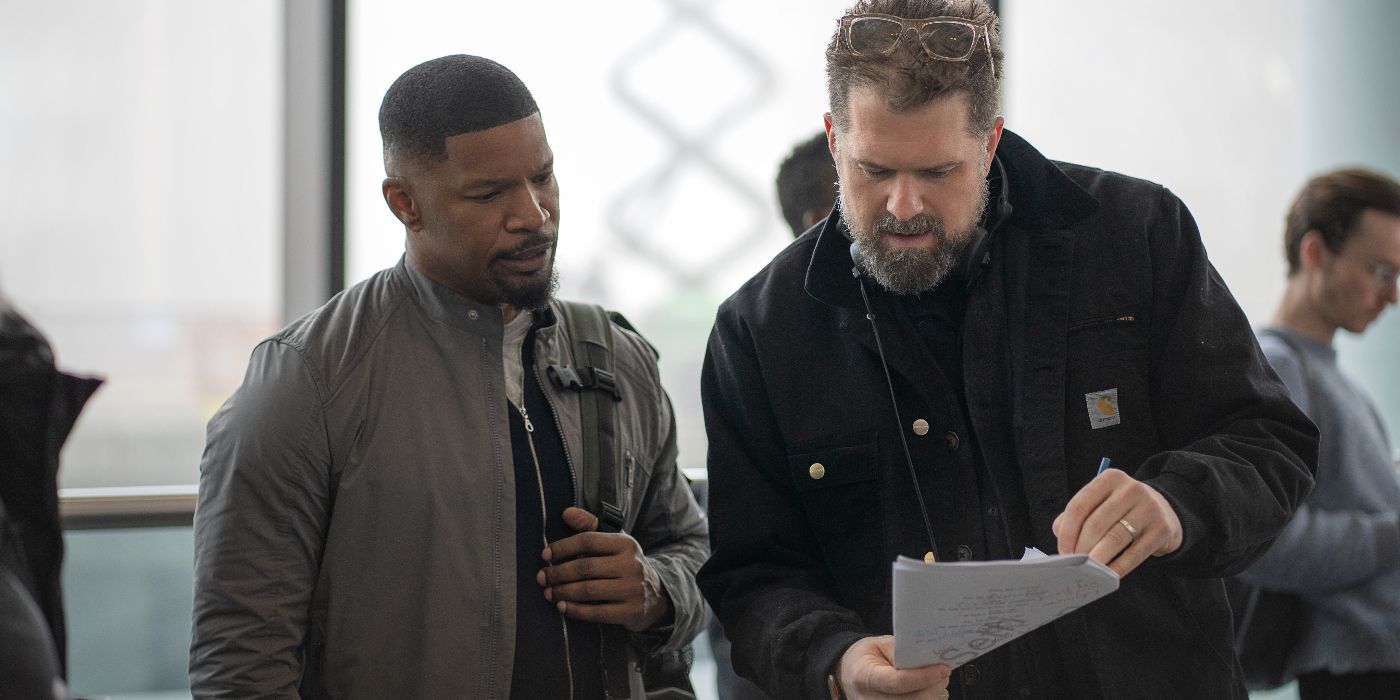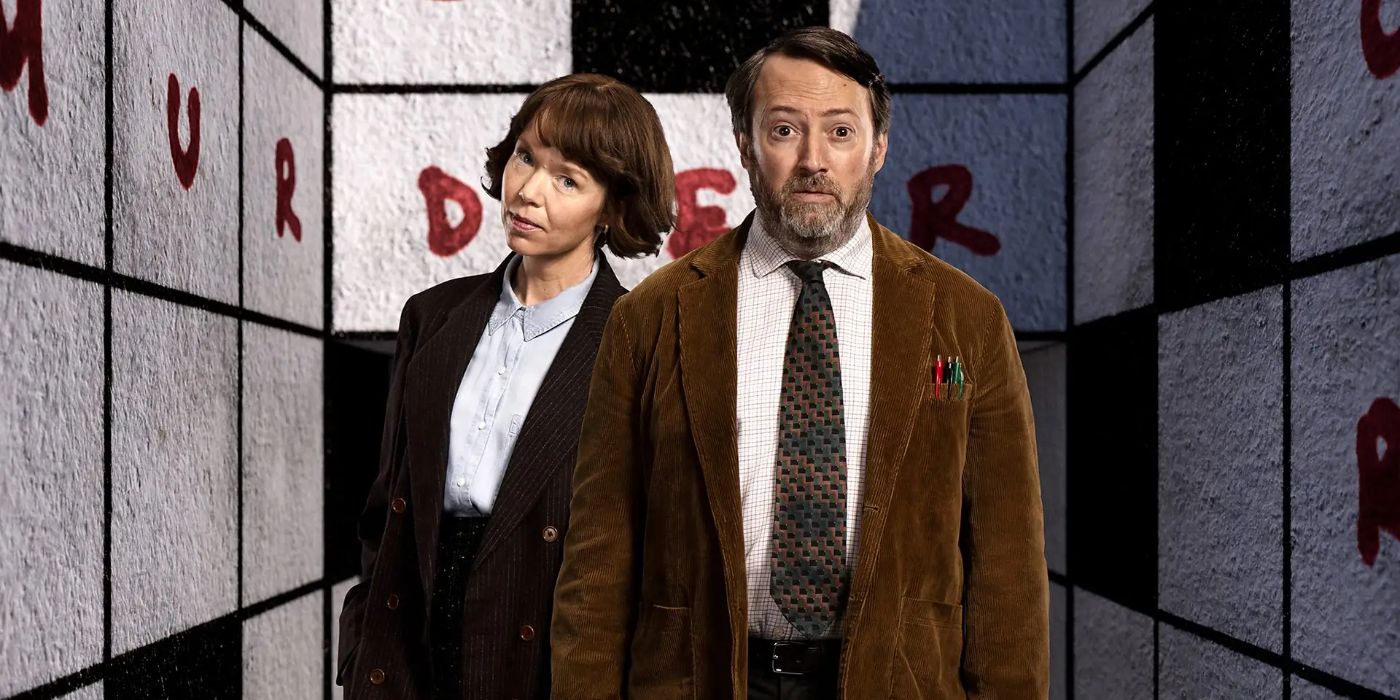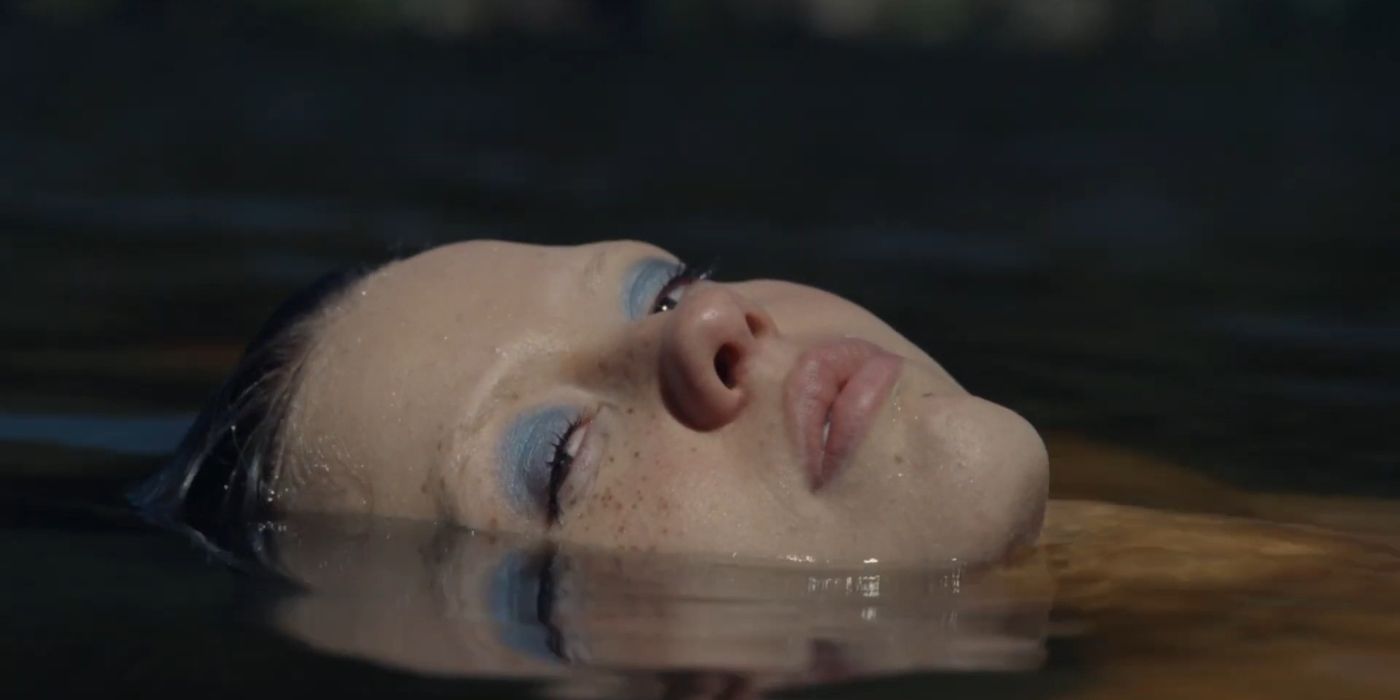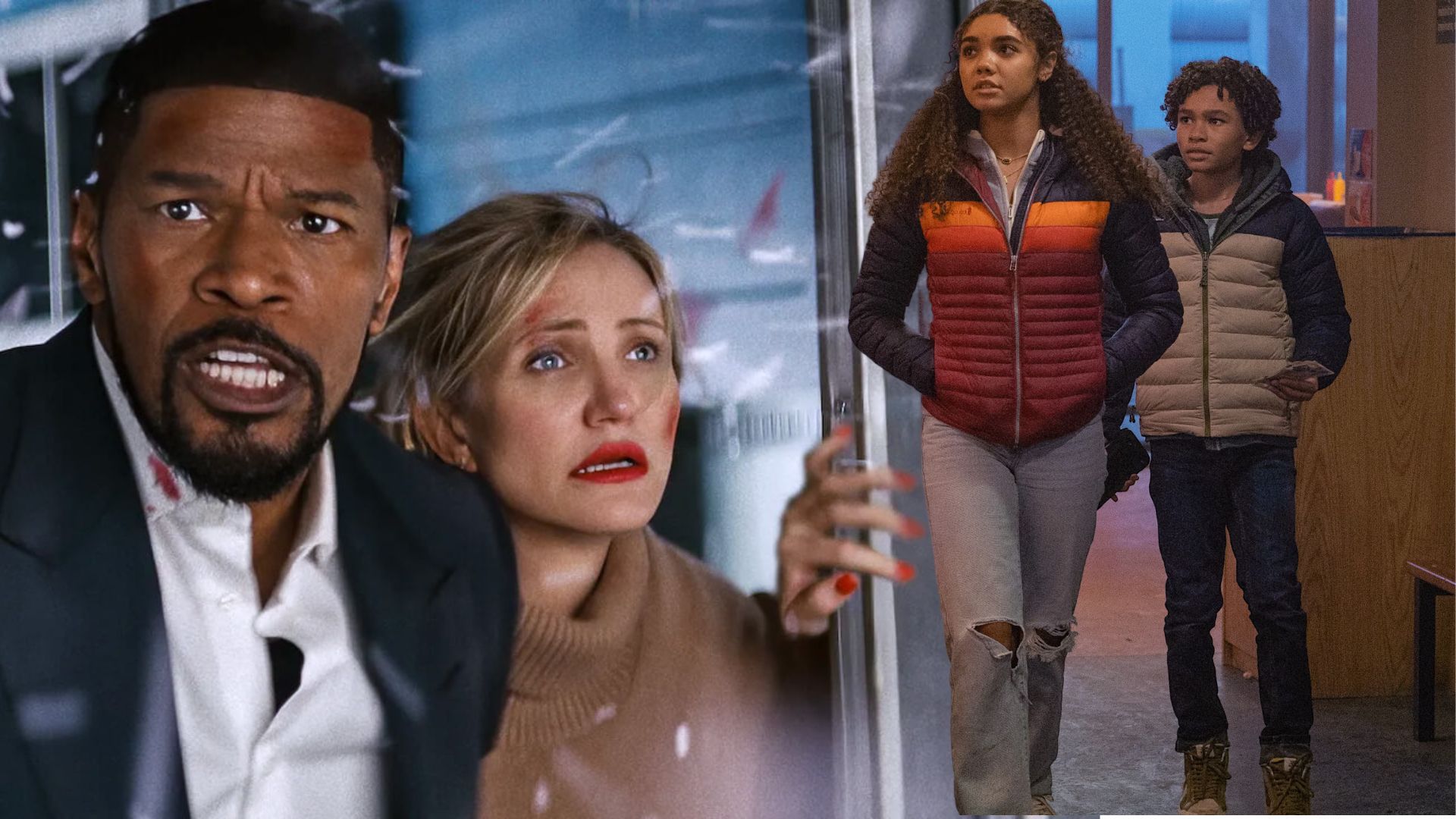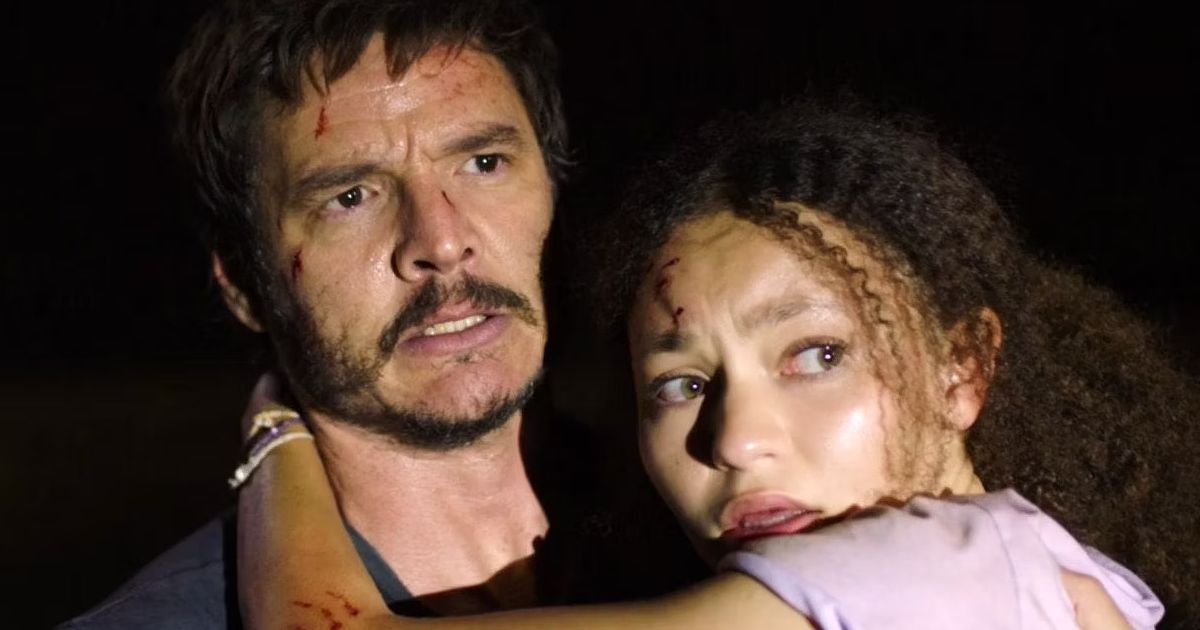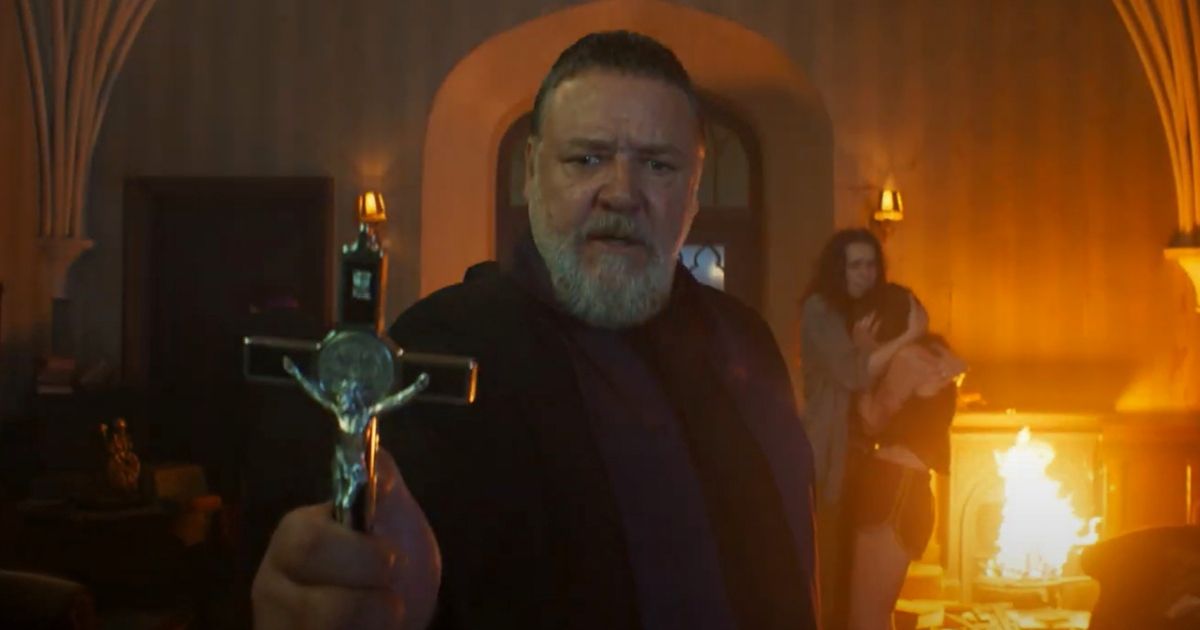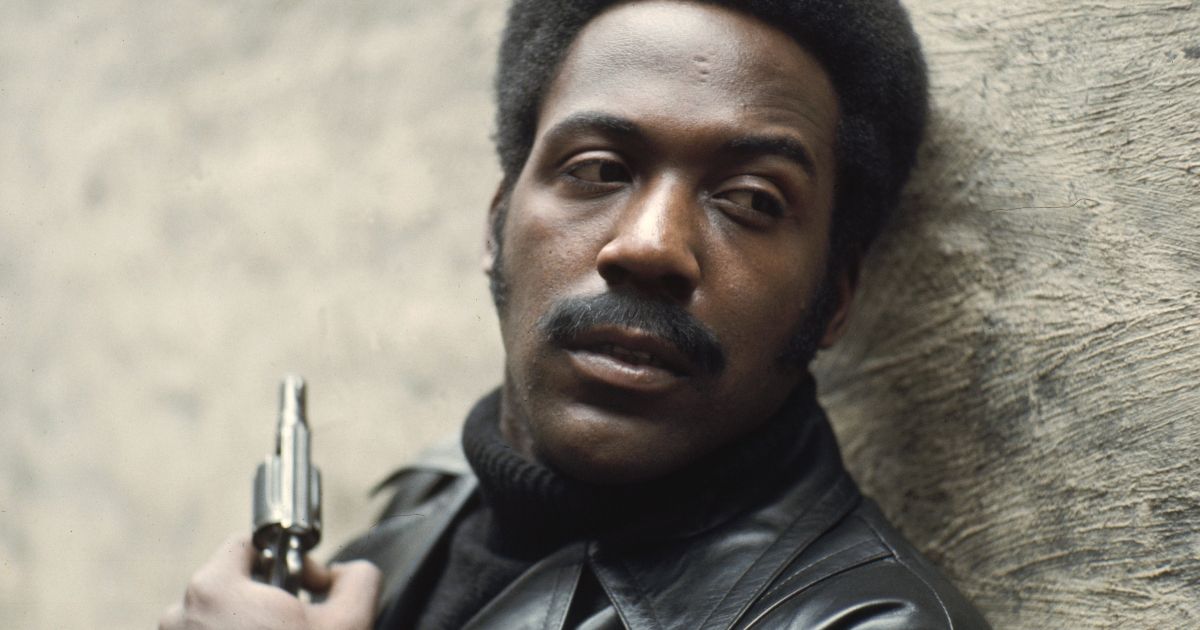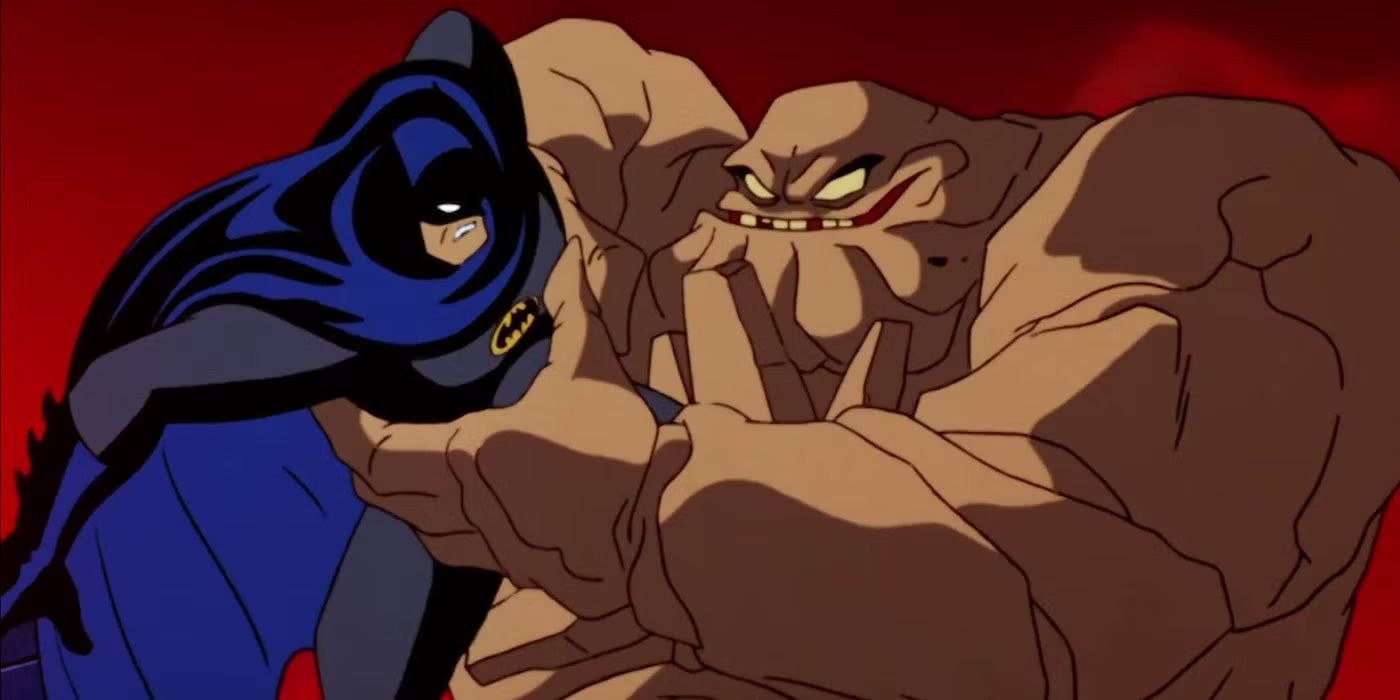You’d expect “Ahed’s Knee” to make more of that last thing than it ultimately does, but there’s a lot going on in this film. It all leads back to Y, who guides us through the tale and sometimes “narrates” it in first person, by talking over images that represent flashbacks to his past and fantasies or stray thoughts he has in the moment. Sometimes the film puts us inside Y’s head and uses the camera to show us what he’s looking at, as if we have become him.
Lapid, who has a confident, expressive and constantly evolving visual style, even devises a technique here that feels new: he starts a handheld shot with a closeup of the hero thinking, then whips it over to a closeup of another character, a significant object, or just some general phenomenon that his director’s mind finds interesting, such as the way pavement rushes by in a blur as you’re driving on a desert road. These “point-of-view” shots are typically angled in a way that suggests that we’re looking through Y’s eyes, but then when the shot finally returns to Y, we’re looking at him. It’s like when an omniscient novel switches from third-person to first-person and back.
There’s also a long sequence in film’s midsection where Y tells Yahalom about disturbing incident that occurred when he was in the army during the war with Syria, and his unit was trained to obediently swallow cyanide capsules rather than risk being captured and tortured. The lighting and camerawork in these “flashbacks” has a slightly different feel than everything else in the movie, to the extent that you might wonder whose mind we’re in: possibly Yahalom’s, which would mean that the movie has so much confidence in its distinctively all-over-the-place technique that it feels empowered to enter the minds of characters other than the hero, then return us to whence we came. (Cinematographer Shai Goldman and editor Nili Feller, both brilliant, amplify beauty while preventing the proverbial wheels from falling off the wagon.)
The central incident in the hero’s war story plays as if the directed had merged incidents from two works of fiction, Andre Malraux’s La Condition Humaine and Albert Camus’ “The Guest.” But like a lot of plot elements in “Ahed’s Knee”—including the relationship between Y and Yahalom, which progresses in a series of two shots where the actors’ faces are so close together that you expect them to start making out—this one doesn’t pay off as you might expect. (There’s also a throwaway line from Yahalom suggesting that maybe she thinks the story was a lift from somebody else’s work, but is too respectful of Y’s distress than to come right out and accuse him.)
You can view the original article HERE.


